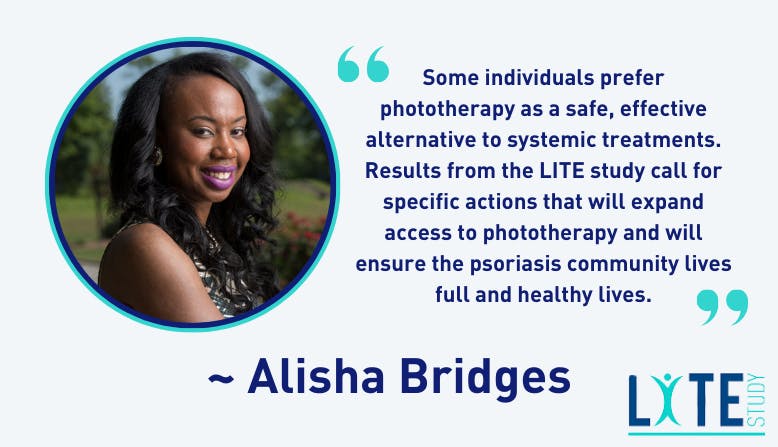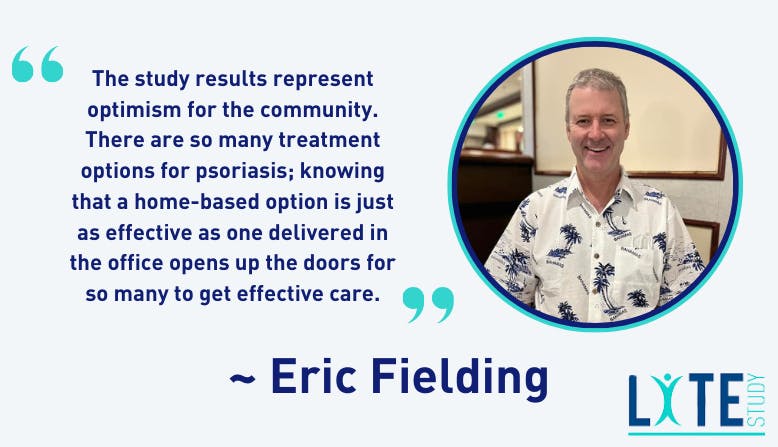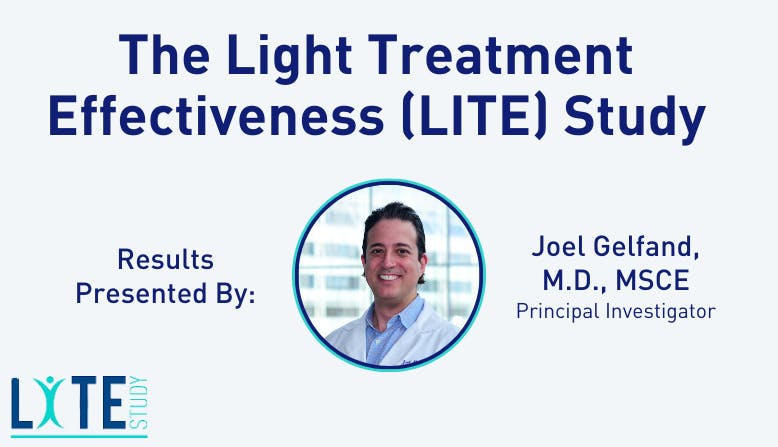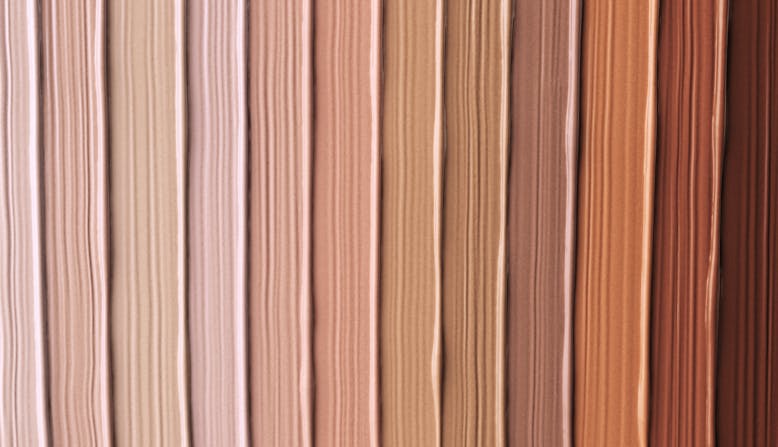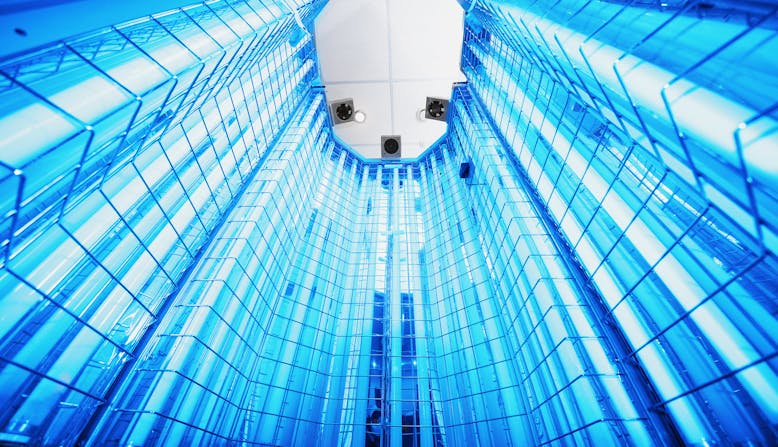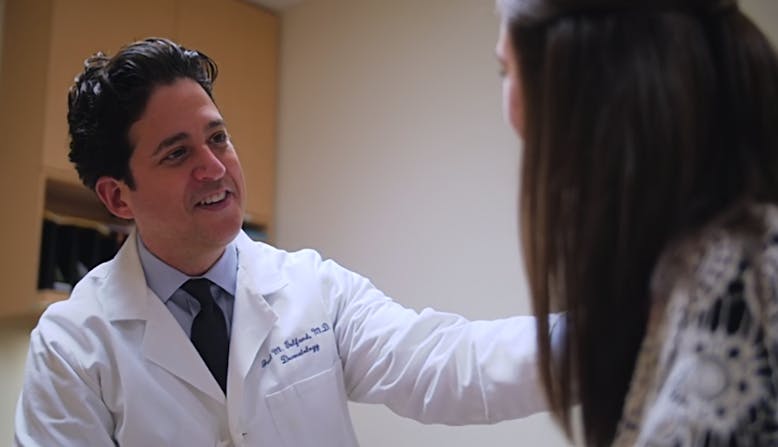What is Phototherapy?
Phototherapy, or light therapy, involves exposing the skin to ultraviolet light on a regular basis as prescribed by a health care provider. Treatments can be done in a health care provider's office or at home with a phototherapy unit.
Major barriers affect the ability to access phototherapy in the dermatologist’s office, including limited geographic availability, the inconvenience of attending regular appointments for treatment, and high copays. Home phototherapy is available, but health insurance companies are less likely to cover this treatment option, and health care providers may be uncertain about prescribing it.
